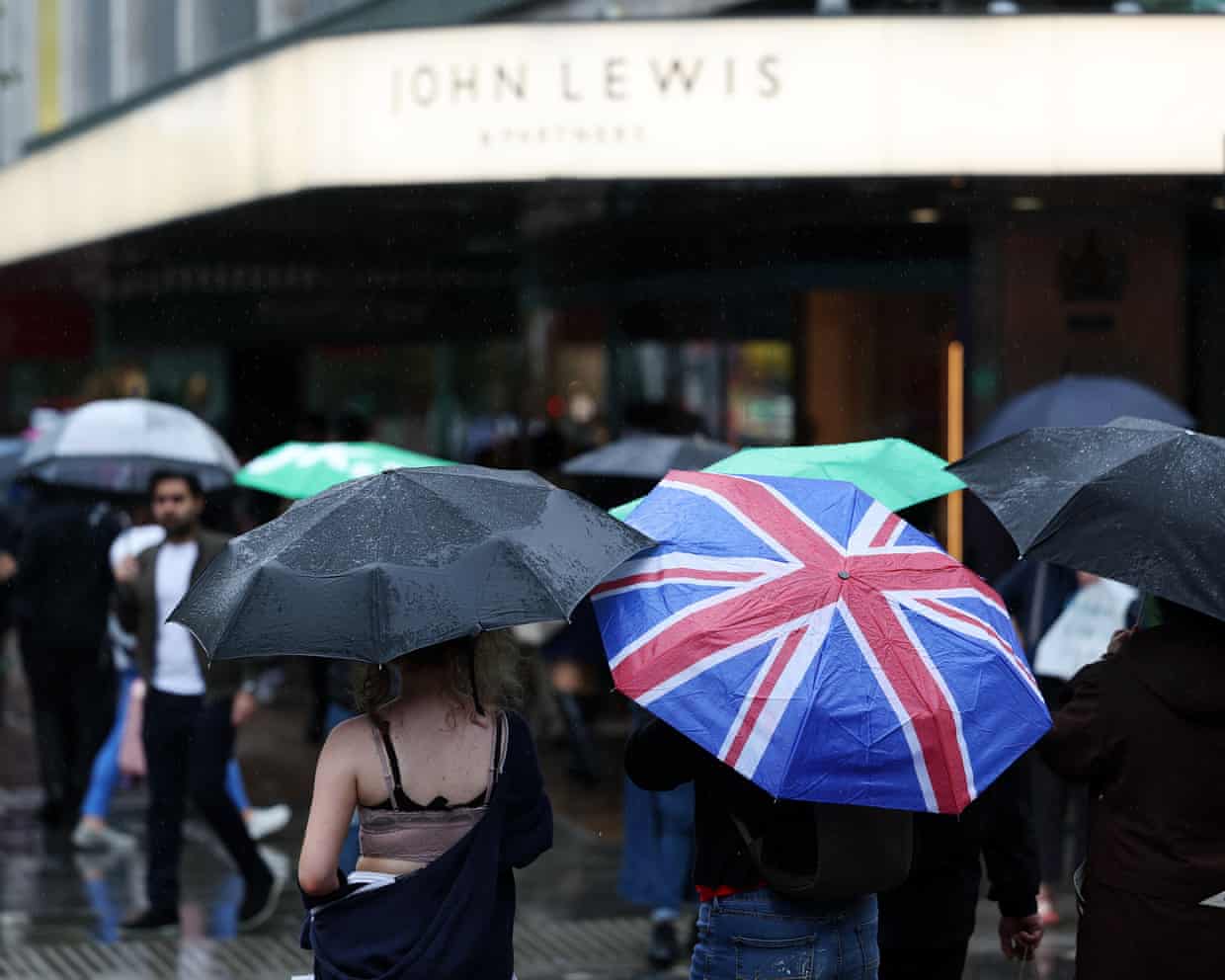A recent report on the UK job market reveals a complex landscape where wage growth remains elevated, yet hiring is slowing and unemployment is on the rise. The latest data indicates that despite the high rate of wage increases, many Britons are feeling financial strain, driven by inflation and increased living costs.
According to the Office for National Statistics (ONS), wage growth in the three months leading to July 2023 was recorded at an annual rate of 4.8%, excluding bonuses. This growth is significant, particularly against the backdrop of rising inflation, which has been largely influenced by escalating food prices and energy bills. As a result, real wages, adjusted for inflation, have increased by only 1% over the past year, or 0.5% when housing costs are factored in. This situation suggests that many consumers continue to feel the financial pinch.
The job market is also displaying signs of strain. For the month of July, the unemployment rate rose to 4.7%, marking the highest level in four years. This increase is notable as it reflects a growing caution among employers about hiring. The number of job vacancies decreased by 119,000 compared to the previous year, indicating a trend of hesitancy amid economic uncertainties. The unemployment data reveals 2.3 unemployed individuals for every vacancy, up from 2.2 in the previous quarter.
Economic Inactivity and Policy Implications
The economic inactivity rate, which measures people not actively seeking work, has declined to 21.1%, down by 0.8 percentage points year-on-year. Despite this improvement, the rate remains significantly higher than pre-pandemic levels. Helen Gray, the Chief Economist at the Learning and Work Institute, noted that while more individuals are transitioning back into the workforce, many are still looking for work rather than securing employment.
The Bank of England’s policymakers are closely monitoring these developments as they prepare for their upcoming interest rate meeting on Thursday. Governor Andrew Bailey has emphasized the importance of the job market and wage trends in informing monetary policy decisions. The current wage growth rates complicate the Bank’s efforts to control inflation, which has implications for future interest rate adjustments. Given that wages are rising faster than what the Bank considers compatible with its inflation targets, a rate cut this week appears unlikely.
Living Standards Under Pressure
Despite the seemingly robust wage growth, many workers are grappling with stagnant living standards. The increase in real wages has not kept pace with rising costs, leading to a sense of pessimism regarding household finances. As Ben Harrison, Director of the Work Foundation, remarked, the combination of stagnant living standards and persistent inflation continues to weigh heavily on consumers. He suggests that it is likely many will feel financially constrained even as the new parliament progresses into its second year.
Policymakers, including Rachel Reeves, who has proposed a £25 billion national insurance increase, are tasked with addressing these challenges. While the government aims to foster economic growth, the reality for many individuals remains one of caution and concern regarding their financial well-being. As the landscape evolves, the balance between wage growth, unemployment, and inflation will remain critical for both policymakers and workers across the UK.



































































